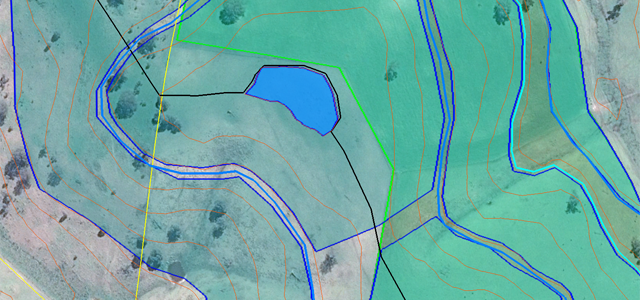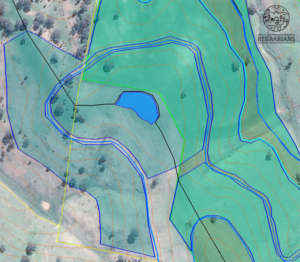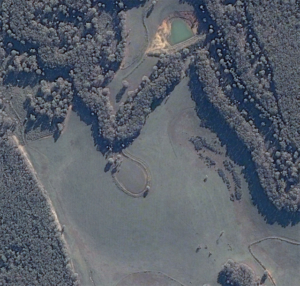The late, great P.A. Yeomans (1904-1984) did the world a great service by developing the #Keyline farm planning system from the 1940’s. With this he provided some excellent and enduring work on the ground on any number of properties across Australia and a few other parts of the world, notably a project in New Caledonia and another in Texas (USA).
At one stage in the early 1960’s P.A. Yeomans had built some of the largest private irrigation systems in Australia where the source of water was from the rain that fell on the property. His primary objective with the development of Keyline was to have the producer in greater control of the water resources available to any site and to have them manifest a greater control of their agricultural destiny by doing so.
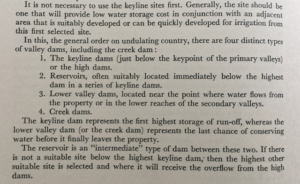
Fig.1 – Excerpt A. – p.180, ‘The Challenge of Landscape’, P.A. Yeomans, 1958
Today there are often regulatory and indeed financial constraints to installing Keyline designs as P.A. Yeomans did from the 1940’s to 1970’s. Indeed the development of sites as Mr. Yeomans did himself on his own properties has been extremely limited. Mr. Yeomans applied his own capital, machinery and team to the 5 main properties he developed, ‘Nevallan’, ‘Yobarnie’, ‘Kencarley’, ‘Katanna’ & ‘Pakby’, the first 3 being particularly well developed before all of these assets were liquidated in the mid-1960’s to pay the ‘death duties’ to the Commonwealth of Australia’ following the untimely death of Mrs. Rita Yeomans.

Fig.2 – #3Water concept plan – Holstons Station
We (Regrarians® design partner Georgi Pavlov & myself) are working on a project where the client has come to us with a request to apply the full expression of Keyline to a 1300ha landscape in eastern Victoria, Australia. With this we’ve developed a Keyline plan that follows some of the visions that Mr. Yeomans laid out in what I think is the best of his 4 books, “The Challenge of Landscape” (1958).
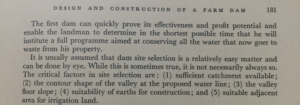
Fig.3 – Excerpt A. – p.181, ‘The Challenge of Landscape’, P.A. Yeomans, 1958
In my concept the placement of water storages across this site I’ve purposely ignored the placement of ‘lower valley dams’ and any ‘creek dams’ — the latter as I don’t believe in the validity of placing dams as such on 4th order streams, the former because at this stage I see these as being unnecessary according to the climatic records and other sources of water available on the site should significant drought occur. Most of the dams that I’ve placed are in the #PrimaryValleys and #SecondaryValleys of the site. I also added a couple of #TurkeyNest ponds on #Crests as reservoirs in place of water tanks.
Fig.4 – 0.5ha ‘Turkey Nest’ irrigation pond on a crest — this would irrigate 9.6ha
For the first time in my career I’ve designed some #TurkeyNest irrigation ponds. I’ve designed and had built #TurkeyNest storage ponds before but not the irrigation pond version. I first came across this type of pond at John McGaffin’s property during a Keyline workshop run by the late Vries Gravestein and Allan Lehmann in north eastern Victoria in 1994. In 2011 I visited ‘Kencarley’ outside of Orange in New South Wales. This property also had one of these ponds, which even though it was not used since Mr. Yeomans liquidated the site in the mid-1960’s, was still in evidence and could be operational some 50 years later with a bit of a tidy-up.
Fig.5 – Unused 0.6ha ‘Turkey Nest’ irrigation pond on a crest at ‘Kencarley’
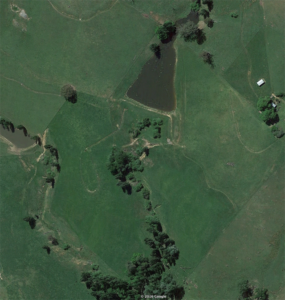
Fig.6 – Operational 0.16ha ‘Turkey Nest’ irrigation pond on a crest at ‘McGaffins’ in NE Victoria
Next?
We are now going through the process of evaluating the cost:benefit of each of the dams in the concept. This will look at the following criteria and will result in the development of a metric for us (and others) to use in this and future projects:
1. Dam, Irrigation Channel & Water Conservation Channel Cost
2. Irrigated Area
3. Irrigation Infrastructure Cost
4. Installation Cost
5. Carrying Capacity Change
6. Megalitres/ha
7. Cost/ML + CostML/ha
8. ROI over 10 years (or other period)
9. Cost/ha
To assist in this process we are looking to complete a similar study on other fully developed Keyline Project sites. When completed we’ll publish this and the spreadsheet (s) involved in working though these numbers.

